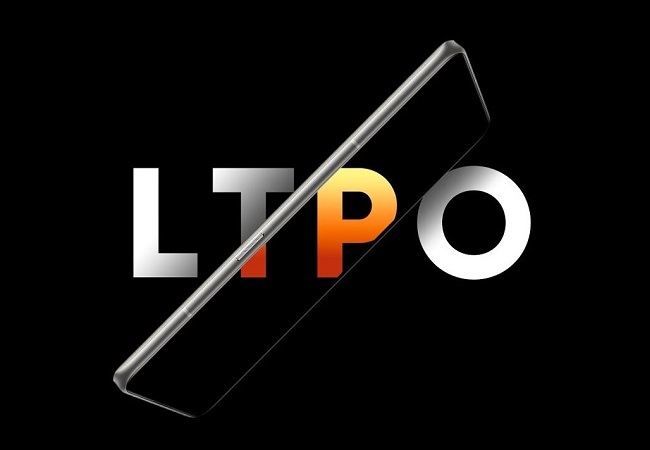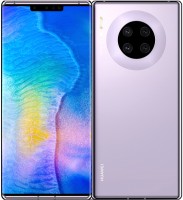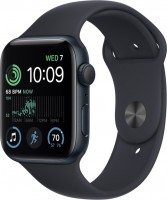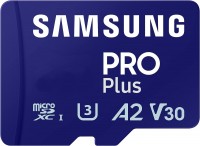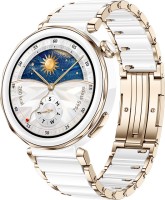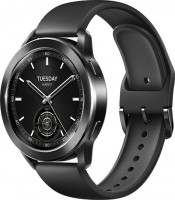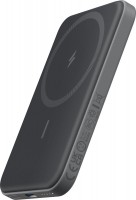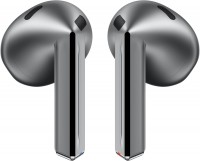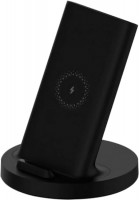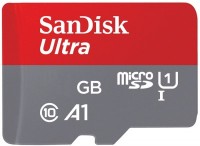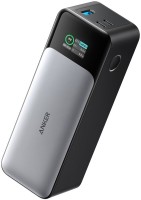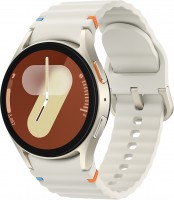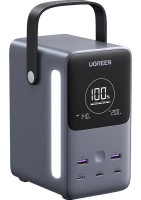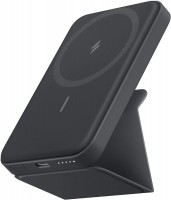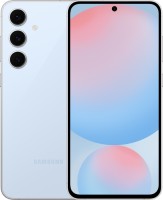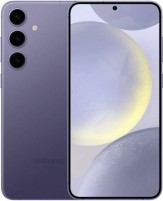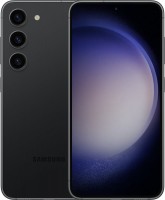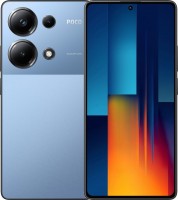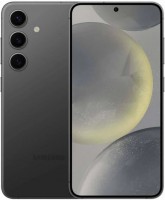Huawei Mate 30 Pro 128 GB / 5G (LIO-TL00)
 | Outdated Product The main difference between the Mate 30 Pro and last year's Mate 20 Pro is the new top-end Kirin 990 processor, and a focused focus on improved photo and video shooting. If we look at the points, then the Mate 30 Pro can shoot slowmotion video at a frame rate of 7680 fps, which is the best indicator among all smartphones at the end of 2019. The matrix has also been updated — the maximum operating light sensitivity is ISO 409600 (the previous record belongs to Huawei P30 and complies with: ISO 204800). Comparing with the neighboring flagship, Samsung Galaxy Note10 Plus, it can be noted that, in addition to shooting modes, processor, display diagonal, there are obvious differences in the size of the camera matrices: 1/1.54" versus 1/2.55". In simple terms, the Mate 30 Pro with the same lens...aperture transmits ~ 40% more light (images in low light will be better) than the Note10 Plus matrix. The manufacturer has added a HDR + video mode at 4K resolution, and reduced the focal length of the lens, which will allow macro shooting from a distance of 2.5 cm (5 cm in the classic version). Having 4 lenses, two of them work with optical stabilization. Considering the Huawei Kirin 990 processor in more detail, we can note the test results. In terms of digital points, it outweighed the Qualcomm Snapdragon 855 and the freshly released Apple A13. 40W fast charging charges a 4500mAh battery up to 50% in 30 minutes. Compared to Note 10 Plus 4300 mAh battery, where fast charging has a power of 25 W: 50% in 40 minutes. Mate 30 Pro comes in two versions. For the Asian and US markets, the Mate 30 Pro model is supplied with a 5G modem. Europe and other countries are limited to Mate 30 Pro without 5G modem. Otherwise, there are no differences. |
The main difference between the Mate 30 Pro and last year's Mate 20 Pro is the new top-end Kirin 990 processor, and a focused focus on improved photo and video shooting. If we look at the points, then the Mate 30 Pro can shoot slowmotion video at a frame rate of 7680 fps, which is the best indicator among all smartphones at the end of 2019. The matrix has also been updated — the maximum operating light sensitivity is ISO 409600 (the previous record belongs to Huawei P30 and complies with: ISO 204800).
Comparing with the neighboring flagship, Samsung Galaxy Note10 Plus, it can be noted that, in addition to shooting modes, processor, display diagonal, there are obvious differences in the size of the camera matrices: 1/1.54" versus 1/2.55". In simple terms, the Mate 30 Pro with the same lens aperture transmits ~ 40% more light (images in low light will be better) than the Note10 Plus matrix.
The manufacturer has added a HDR + video mode at 4K resolution, and reduced the focal length of the lens, which will allow macro shooting from a distance of 2.5 cm (5 cm in the classic version). Having 4 lenses, two of them work with optical stabilization. Considering the Huawei Kirin 990 processor in more detail, we can note the test results. In terms of digital points, it outweighed the Qualcomm Snapdragon 855 and the freshly released Apple A13.
40W fast charging charges a 4500mAh battery up to 50% in 30 minutes. Compared to Note 10 Plus 4300 mAh battery, where fast charging has a power of 25 W: 50% in 40 minutes. Mate 30 Pro comes in two versions. For the Asian and US markets, the Mate 30 Pro model is supplied with a 5G modem. Europe and other countries are limited to Mate 30 Pro without 5G modem. Otherwise, there are no differences.
|
| ||||||||||||||||||||||||||||||||||||||||||||||||||||||||||||||||||||||||||||||||||||||||||||||||||||||||||||||||||||||||||||||||||||||||||||||
Always clarify the specifications and configuration of the product with the online store manager before purchasing.
Catalog Huawei 2025 - new arrivals, bestsellers, and the most relevant models Huawei.
